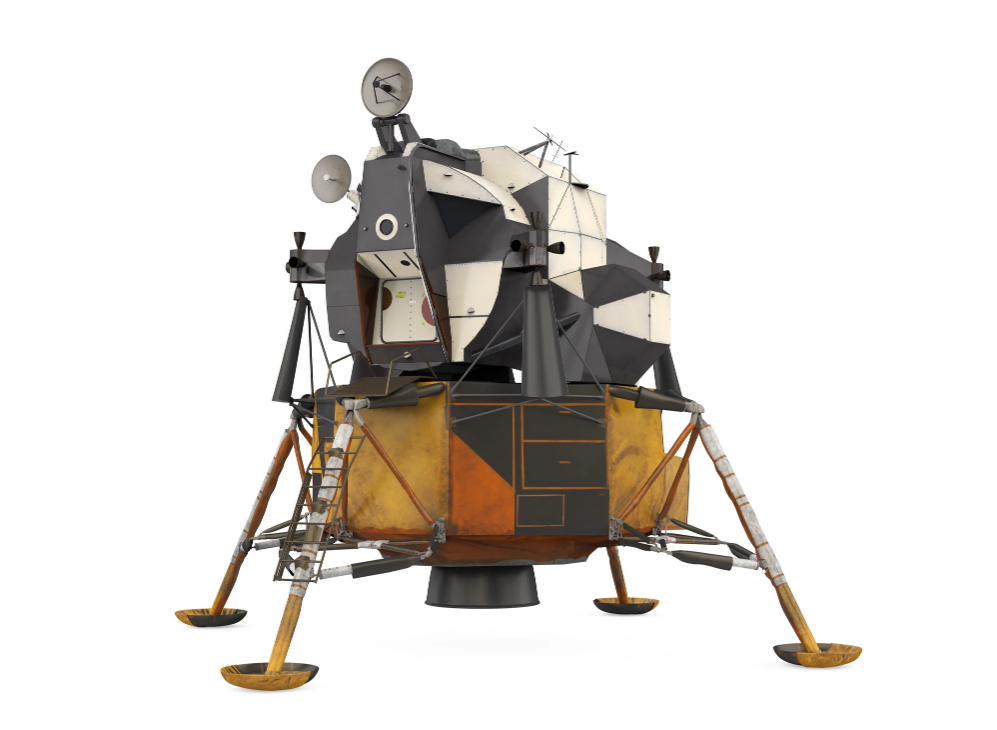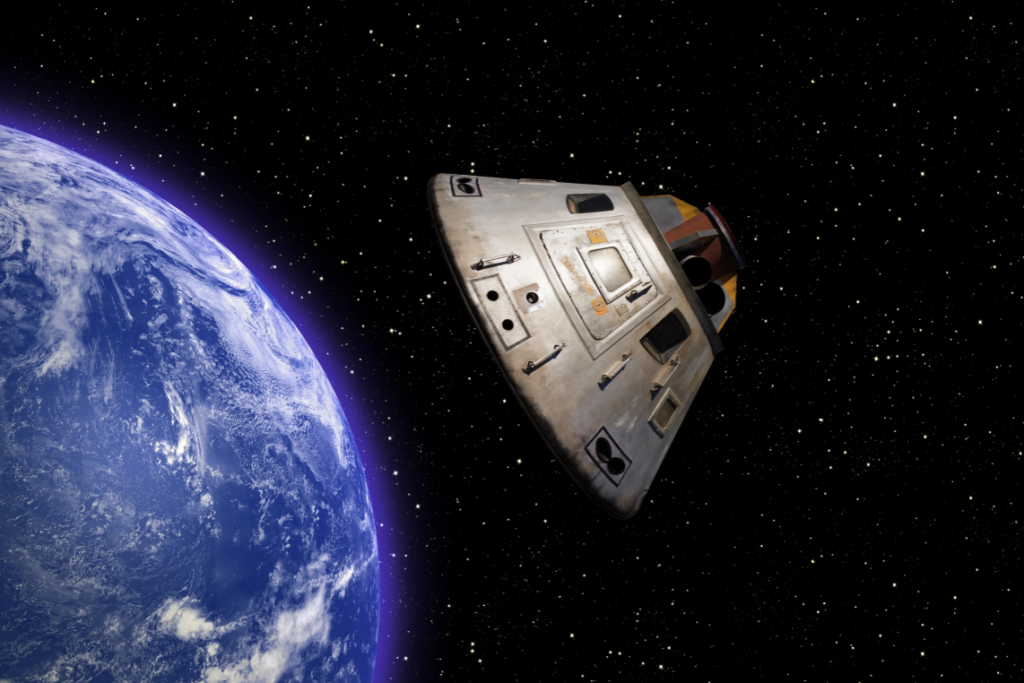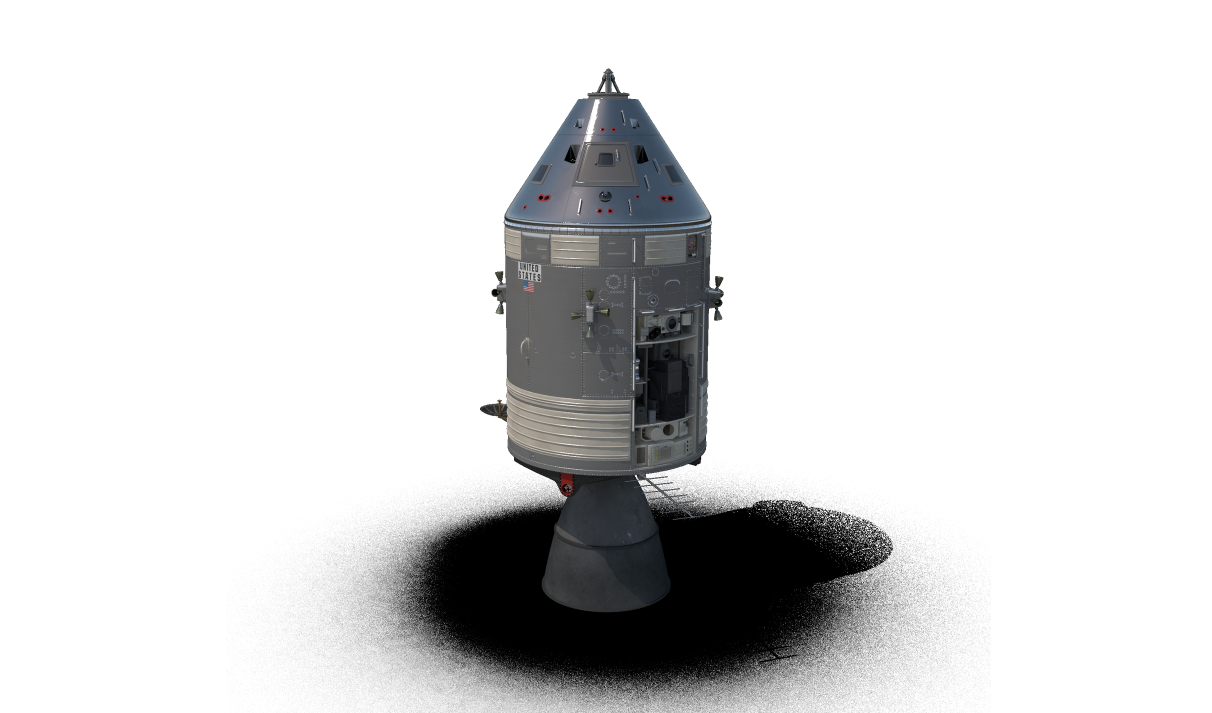Do you remember the scene from Apollo XIII when the oxygen tank on the space vehicle exploded causing the mission to be aborted? As the Apollo XIII space & ground crew worked to understand the impacts of the explosion, it was determined that the Apollo XIII space crew would need to move from the Command Module to the Lunar Excursion Module (LEM). Before moving to the LEM, the space crew had to take the guidance software off the Command Module’s computer to load it onto the LEM’s computer. Additionally, the space crew had to accomplish this under a tight timeline because the Command Module’s power needed to be conserved and oxygen was running out.
Use Case
The overarching goal for the Apollo XIII team (space & ground crew) after the explosion was to develop and execute the steps necessary for safe reentry into the earth’s atmosphere. To accomplish this feat, there were many hypotheses that had to be validated and many lower level goals (subgoals) that had to be attained.

Expert Collaboration
An example of Goal Focused Expert Collaboration was when ground crew worked together and built upon each other’s diverse knowledge and ways of thinking to identify potential success factors that could result in the attainment of the sub goal and validated them.

One example of this was when the flight director, Gene Kranz (played by Ed Harris) introduced a hypothesis by instructing the team to take the carbon dioxide scrubbers from the Command Module and find a way to make the square cartridges from the Command Module’s carbon dioxide scrubber filters, fit in the round cartridges from the LEM’s carbon dioxide scrubber filters. The potential hypothesis here was fitting the square cartridges from the Command Module’s carbon dioxide scrubber filter into the LEM’s round mounted filtration hole would result in the attainment of the sub goal. The team then went off and worked together to prove that the identified hypothesis would result in the attainment of the sub goal.
Analyzation
Goal Focused Analyzation occurred when the ground crew mentally processed the information related to the attainment of the sub goal. The beauty of Goal Focused Analyzation here, is that it consisted of the unique thought processes of each team member. Goal Focused Analyzation is a critical component of the other 3 methods.
Visualization
To fully understand what factors could contribute to the attainment of the sub goal the ground crew had to visualize the dimensions of the items that were available to the space crew to determine the items that could be used and how they could be assembled to validate the hypothesis.
Rapid Iteration
Though not shown in the movie, it goes without saying that the ground crew rapidly iterated on the assembly of the selected items by making adjustments as they conducted tests at various points. Additionally, the ground crew would have conducted a final verification of the filter device to ensure that it would result in the attainment of the sub goal prior to communicating the development procedures to the space crew.
Summary

These fundamental methods are at the essence of Complicated Goal Attainment. By applying these methods, the Apollo XIII team (space & ground crew) was able to attain their subgoal of developing and implementing a solution that would sufficiently filter the LEM’s carbon dioxide levels; allowing them to execute the necessary procedures to successfully reenter the earth’s atmosphere.
Over the last 6+ years, Directed Analytics has devoted its intellectual capital to developing the philosophy, theory, framework, and Controllable Software Solution for accelerating the realization of CGA at scale while taking into account the entirety of a system/organization to avoid pitfalls.

